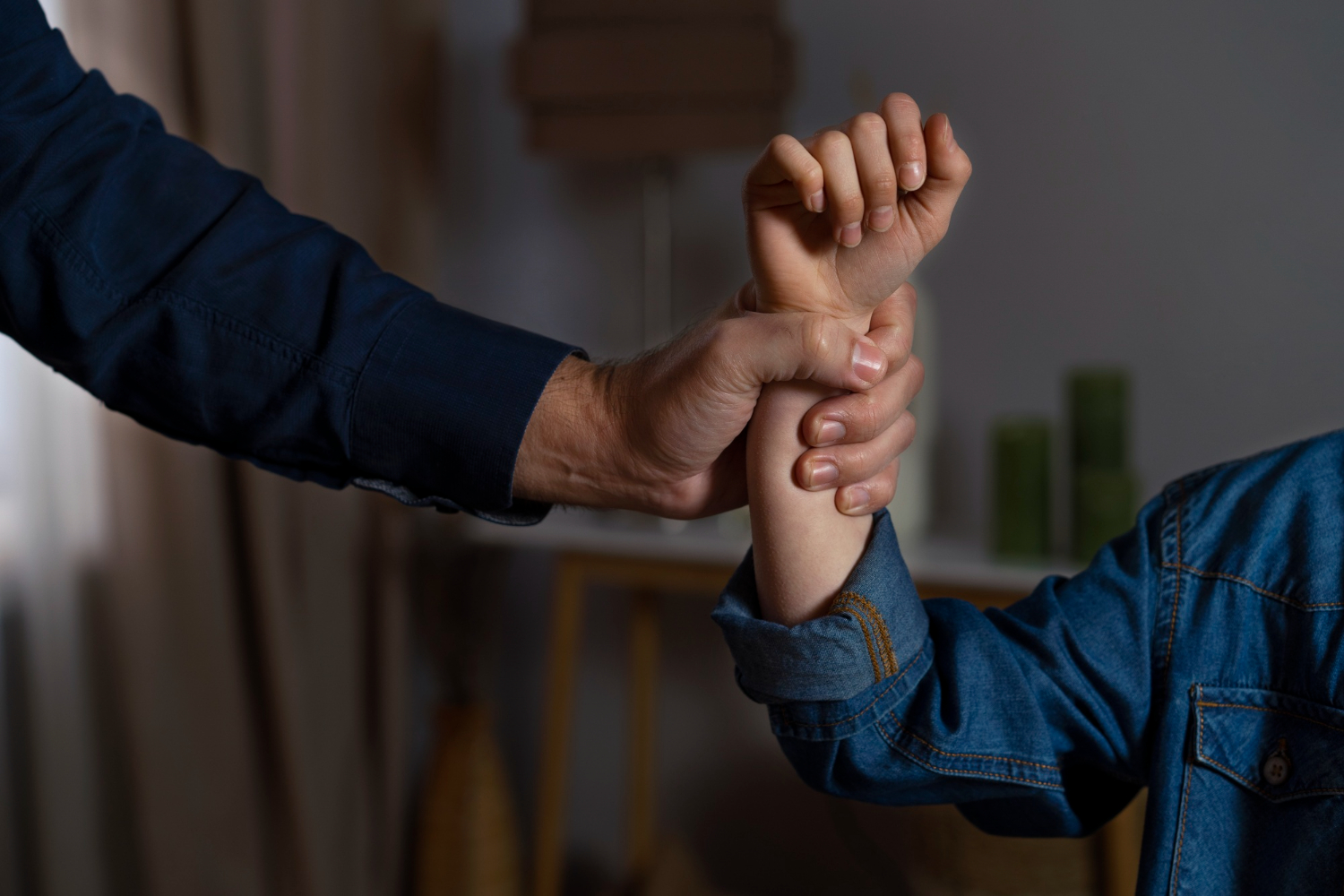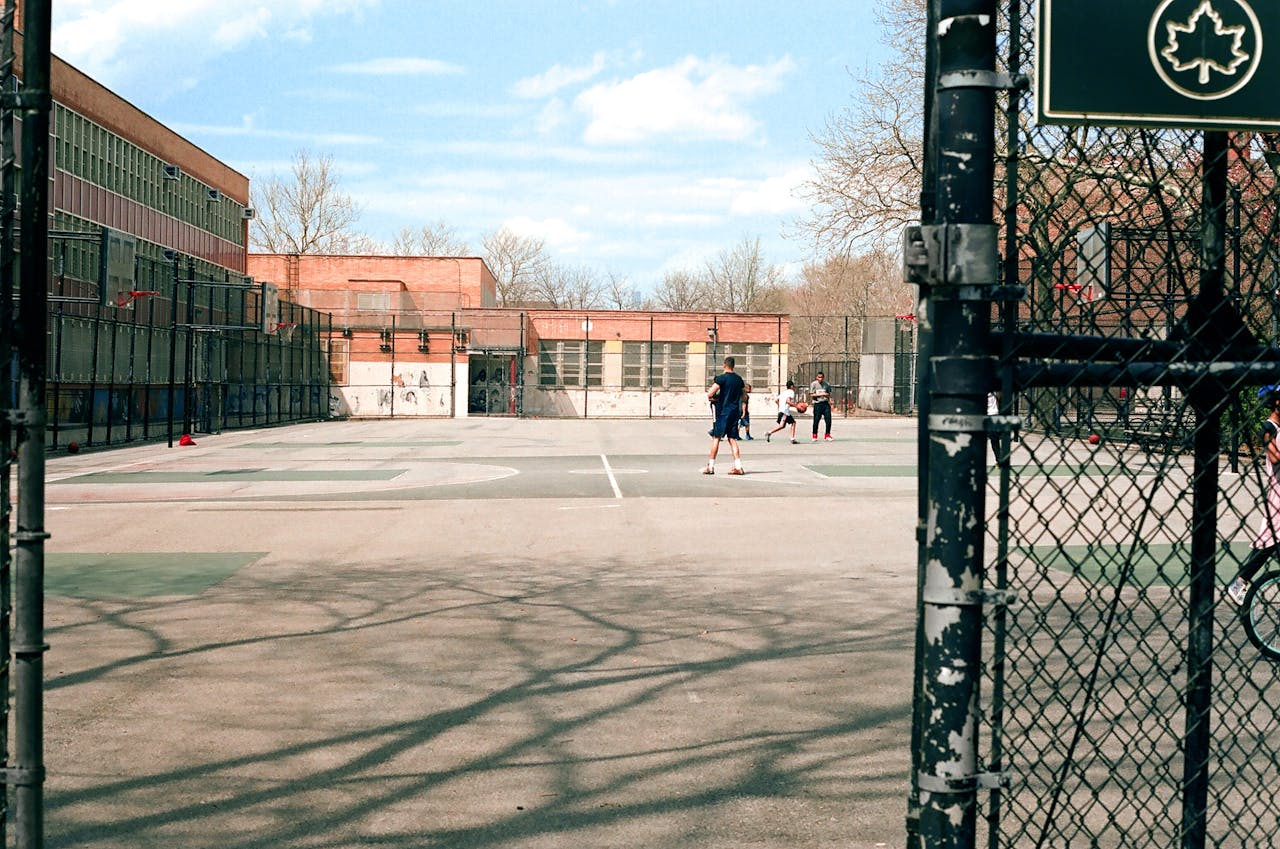Physical restraint and isolation—sometimes termed “seclusion”—remain legally unregulated in British Columbia schools, even as provincial guidelines seek to limit their use to moments of extreme risk. Physical restraint is defined as any method of restricting a student’s freedom of movement to maintain safety, while seclusion involves involuntary confinement in a space from which the student cannot leave.
Legal framework and policy uptake
In response to concerning reports of trauma and physical harm—among them a 2013 survey in which approximately two hundred parents recounted incidents of pain or emotional injury experienced by their children—the Ministry of Education released the “Provincial Guidelines: Physical Restraint and Seclusion in School Settings” on 3 June 2015 . Stop Hurting Kids
These guidelines require school boards of education to adopt policies that define restraint and seclusion narrowly, emphasise prevention, and establish clear incident-reporting procedures . By December 2019, districts were instructed to implement or update their policies in line with the guidelines; a 2022 review found that fifty-nine of sixty districts had adopted some policy, yet compliance with key definitions—such as the requirement to reference positive behavioural intervention supports—remained uneven .
Incidence and reporting gaps
Despite policy directives, systematic data on the frequency, duration and circumstances of restraint and isolation episodes are scarce.
Surveys conducted by parent-led groups in 2013 indicated hundreds of unreported or under-reported events; more recent attempts to capture seclusion data through BC Ed Access’s online surveys have faced low participation and varied definitions of “seclusion,” making province-wide incidence estimates unreliable . Stop Hurting Kids Inclusion BC’s 2022 policy review highlighted a “harmful information gap” caused by disparate reporting mechanisms, noting that many districts neither collect nor publish detailed incident statistics. This opacity is reflected in the absence of mandatory reporting legislation—parents may learn of an incident only through anecdote or complaint, rather than via transparent district-level disclosures .
-
When harm comes from those entrusted to protect
The May 2025 consent resolution involving B.C. principal Pehgee Aranas offers a sobering reminder of the work that remains to make education safe, equitable, and trustworthy for all children—especially those from communities that have been historically harmed by the very institutions meant to…
-
Rethinking accessibility leadership, training, and labour in BC public education
In accessibility work, most transformative insights come directly from disabled people. Lived experience is primary data; manuals and metrics are, at best, secondary literature. In schools, teachers are experts in pedagogy, yet few are trained in disability or neurodivergence. That absence is not…
Disproportionate impact on students with disabilities
Students with disabilities—and those requiring additional supports—are disproportionately subject to restraint and isolation. Family Support Institute research and parent testimonies reveal that neurodivergent children often face restrictive interventions at rates far exceeding their peers, compounding trauma and eroding trust in educational environments . By framing crisis responses around emergency measures rather than proactive supports—such as positive behavioural interventions and sensory accommodations—districts risk perpetuating systemic ableism and legal vulnerabilities under both provincial human rights codes and Canada’s commitments to the UN Convention on the Rights of Persons with Disabilities.
Toward transparency and accountability
There needs to be legislation requiring all districts to record, review and publicly report every incident of restraint and seclusion, including duration, context and the student’s profile . Additional training on ensuring that de-escalation and trauma-informed techniques precede any physical intervention is badly needed. By coupling enforceable reporting mandates with mandatory training in non-violent crisis intervention and restorative practices, the province could transform its current patchwork of guidelines into a coherent legal framework that safeguards all learners.
Conclusion
While British Columbia’s 2015 provincial guidelines represent an important step toward limiting restraint and isolation in schools, their voluntary nature and uneven implementation leave critical gaps in student safety and rights. Without statutory requirements for transparent reporting and accountability, families must continue to rely on anecdote and advocacy to uncover harmful practices. To honour the principles of inclusion and equity, the province should enact binding legislation that prohibits non-emergency use of restraint and seclusion, mandates robust data collection and empowers districts to prioritise prevention, de-escalation and positive supports as the true foundation of a safe and inclusive educational system.









